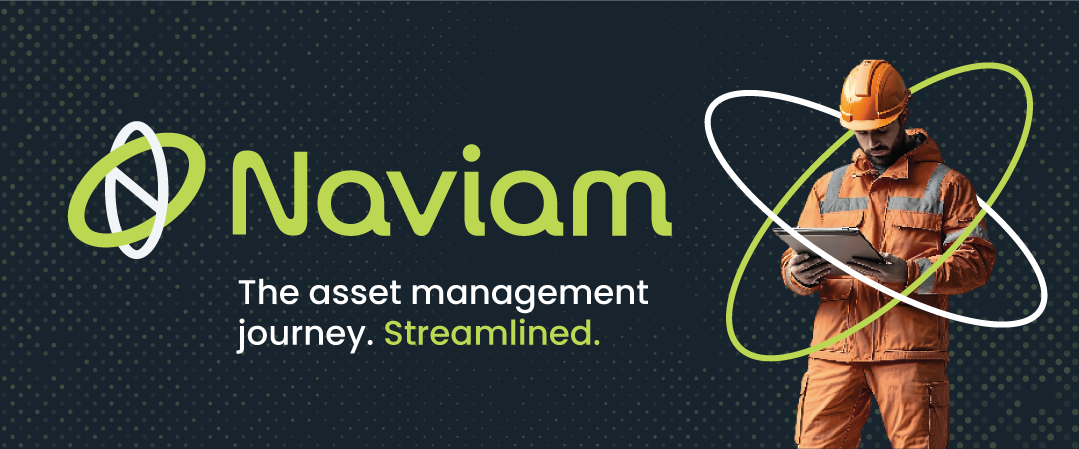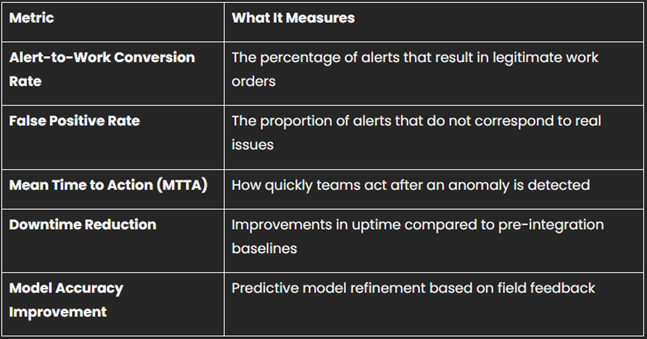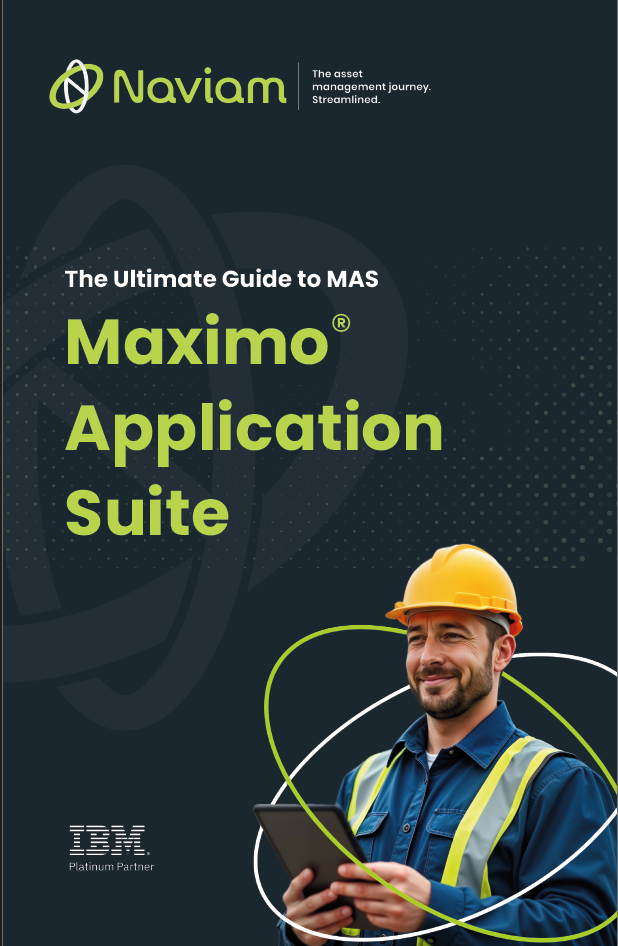
Resources
Condition Monitoring Data Comes In, But What Now? Building the Bridge from APM to Maximo
Erin Pierce
October 14, 2025


The push toward predictive maintenance has led many organizations to invest in condition monitoring and Asset Performance Management (APM) platforms. Sensors stream vibration, temperature, pressure, and oil analysis data in real time, often at astonishing volume and granularity. Yet for many teams, once that data reaches the historian or APM dashboard, it stops short of driving real operational change.
The missing link is integration with an Enterprise Asset Management (EAM) system, most often IBM Maximo.
This article explores how to bridge the gap between condition monitoring and Maximo so that sensor insights become tangible actions: work orders, inspections, and data-driven reliability decisions.
Most reliability and maintenance organizations operate within two distinct digital ecosystems:
Ideally, these two systems work together. In reality, they often run in isolation. The result is familiar: alerts generated in APM tools never reach maintenance planners, duplicate alerts flood work queues, or asset IDs fail to match across systems.
Bridging APM and EAM means transforming condition data into structured, auditable maintenance actions. A mature integration loop typically follows five stages:
When this cycle runs smoothly, data doesn’t just inform but drives continuous improvement.
To make this process reliable, organizations need several strong technical building blocks.
The asset structure in Maximo must mirror that of the APM tool, such as IBM Maximo Monitor. Consistency in naming and identifiers ensures that each data point connects to a real, traceable asset.
Choose the right communication method for your environment. API-based integration via REST or MQTT allows real-time updates. Event-driven approaches using tools like Kafka or Azure Event Hubs support scalability. Batch transfers (CSV or XML) still have a place for less time-sensitive data.
Not every alert should create a work order. Define logic and persistence rules that determine which events deserve attention. For example, a condition might need to persist for a defined period before triggering action. This reduces false positives and keeps planners focused on genuine issues.
IBM’s Maximo Application Suite (MAS) was designed to make this connection easier by combining multiple capabilities within one platform.
Through the Maximo Integration Framework (MIF) or MQTT adapters, events in Monitor can automatically create work orders in Manage, including details like asset ID, measurement data, and alert timestamp. This creates a seamless data-to-decision workflow that links analytics directly to execution.
Even with the right architecture, integration often hits roadblocks. Common challenges include both technical and human factors.
Solving these issues requires more than tools. It requires agreement on process and accountability.
Technology enables automation, but governance ensures consistency and trust. Integration only delivers value when supported by clear ownership and communication.
Best practices include:
A full-scale rollout isn’t the only path to success. Many teams begin with a small, focused pilot.
This measured approach minimizes disruption while proving value early.
The goal of integration is not just data movement but measurable improvement. Key metrics to track include:

Evaluating these metrics over time helps teams demonstrate ROI and identify where further optimization is needed.
The next stage of evolution in APM-EAM integration is autonomy. As AI and machine learning models mature, Maximo’s ecosystem is moving toward:
True autonomy will take time, but the organizations building disciplined, transparent integrations today will be ready when it arrives.
Bridging condition monitoring and Maximo is both a technical and cultural transformation. When sensor data triggers actionable, traceable work, and when maintenance feedback continually improves predictive logic, organizations move from reactive firefighting to intelligent, data-driven reliability.
The bridge from APM to Maximo is not built overnight, but each connection brings you closer to a world where insights automatically drive action and maintenance decisions are informed, not improvised.
Discover everything you need to know to modernize your asset management strategy.
Inside, you’ll learn:


ActiveG, BPD Zenith, EAM Swiss, InterPro Solutions, Lexco, Peacock Engineering, Projetech, Sharptree, and ZNAPZ have united under one brand: Naviam.
You’ll be redirected to the most relevant page at Naviam.io in a few seconds — or you can
go now.